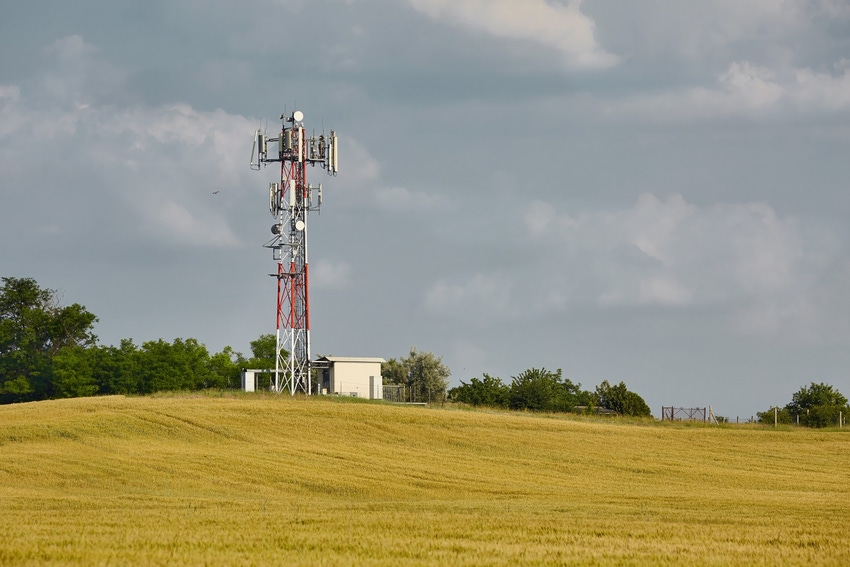Consumer advice organisation Which has done some research into the 4G and broadband connectivity in the 650 UK parliamentary constituencies.
December 9, 2019

Consumer advice organisation Which has done some research into the 4G and broadband connectivity in the 650 UK parliamentary constituencies.
The decision to segment its research by constituency is designed to coincide with the impending general election and position the matter as a potential vote-winner. The top-line finding is that 236 constituencies (36%) have both ‘patchy’ 4G coverage and ‘poor’ broadband services. That’s a pretty damning indictment of UK connectivity, so it’s worth establishing exactly what a constituency has to do to earn such a label.
Ofcom’s Connected Nations data is the source material. “For the purpose of this release Which refers to UK constituencies lacking ‘full’ or ‘comprehensive’ coverage where less than 99 per cent of premises (outdoor) had signal from all four mobile network operators in September 2018,” explains the methodology section of the report.
“Broadband quality was measured by the proportion of premises with access to a connection that meets Ofcom’s definition of a decent broadband service (as defined for the broadband Universal Service Obligation – a service that can provide a download speed of 10 Mbps and 1 Mbps upload),” it continued. It didn’t say what proportion of connections would have to fall below that threshold for the whole constituency to be branded ‘poor’.
Anything less than ‘full’ or ‘comprehensive’ on the 4G side is therefore ‘patchy’ and anything less than ‘decent’ is ‘poor’, therefore. Some constituencies really are rubbish, such as Na h-Eileanan an lar in the Scottish Highlands, which has only 42% 4G coverage and 81% having a decent broadband connection. Meanwhile Dwyfor Meirionnydd in Wales has 69% 4G coverage and 91% decent broadband.
Having said that, however, it should be noted that in only 25 of the 236 constituencies is more than 10% of the population forced to endure indecent broadband and in only 61 of them is 4G coverage by all for providers below 90%. So the only way Which could come to its eye-catching factoid that a third of the country are having to use carrier pigeons and smoke signals is by setting the 4G coverage bar very high at 99%.
“For far too long, people have felt cut off and struggled to pay bills or receive important calls and messages because of poor mobile and broadband connections,” said Caroline Normand, Director of Advocacy at Which. “The next government must finally deliver the strategy needed to connect the whole of the UK with the comprehensive digital infrastructure that communities urgently need while ensuring that consumers have a choice of providers so that they can see real improvements.”
Look, we get it, Which needs to sell subscriptions and to do so it needs to regularly demonstrate its cutting-edge consumer advocacy. But designating every constituency that has less than 99% 4G coverage from all for MNOs as having poor or patchy connectivity seems like a bit of a reach. The choice of a political angle just before the general election makes this whole thing feel like a rushed piece of opportunism that doesn’t add much to the discussion about UK telecoms.
About the Author(s)
You May Also Like








.png?width=300&auto=webp&quality=80&disable=upscale)


_1.jpg?width=300&auto=webp&quality=80&disable=upscale)


.png?width=800&auto=webp&quality=80&disable=upscale)